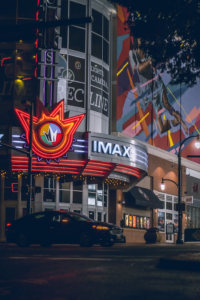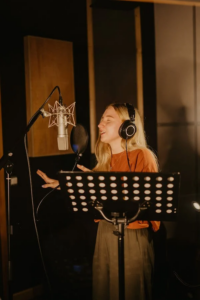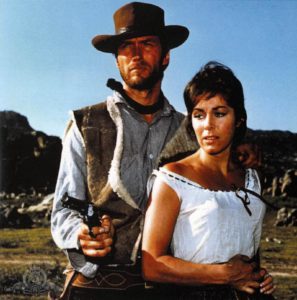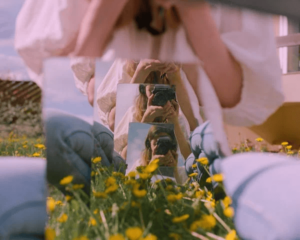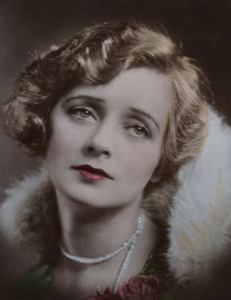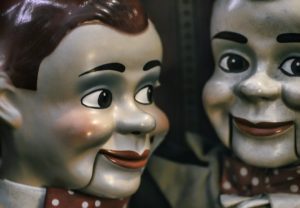Cross-cutting is a technique filmmakers use to create a montage of different scenes, develop suspense, enhance narrative contrast, and more.
What is Cross-Cutting?
Cross-cutting is a film editing method that combines different events to depict moments that co-occur inside the narrative structure. The “laws” of cross-cutting in terms of scale and time are not particularly precise, although the vast majority of cross cuts are employed to depict large-scale events that occur in numerous locations.
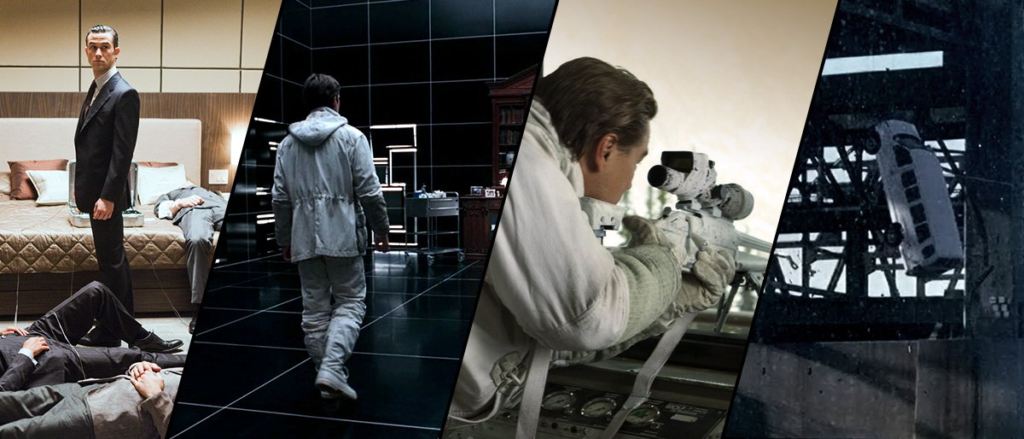
The distance between these two locations could be pretty modest, such as within the same building or as great as the space between planets. The fundamental concept is to present the audience with multiple perspectives from various locales.
Why is Cross-Cutting Used?
Crosscutting is used for the following reasons in the film:
Conversations Over the Phone or on Video are Recorded: Filmmakers frequently use the cross-cut when two characters are on the phone. As the conversation progresses, the camera cuts back and forth, allowing experimenting with discourse and its relationship to the activity in the frame. For example, in Ferris Bueller’s Day Off, Ferris pretends to be bedridden while talking on the phone with his father. Still, he’s sitting at his computer, urging his friend Cameron to come over.
Ferris Bueller’s Day Off – Cross-Cutting
To Create Suspense: Crosscutting can keep viewers on the edge of their seats. For example, consider an action hero attempting to defuse a time bomb, with cutaways of the ticking clock intertwined with the hero’s actions.
Director Jonathan Demme employs the crosscut in The Silence of the Lambs to generate suspense and misdirect the audience. Demme hints that justice is about to be served by transitioning from a clip of the villain Buffalo Bill at home to shots of FBI investigators encircling a house. However, when the FBI officers knock down the doors and windows, they find that the house is vacant. Buffalo Bill has gone to a separate residence and has opened the door to Clarice, the heroine, who is now alone with him.
To State a Point: As in the climax of Francis Ford Coppola’s The Godfather, cross-cutting can also establish more profound significance. Michael Corleone is at church, preparing to become the Godfather of his sister’s daughter, Connie. Meanwhile, Corleone’s henchmen are dispatching his foes. A match cut juxtaposes two frames that are thematically or compositionally similar and begins the scene. The infant in Connie’s hands is the subject of the first shot. The next thing you know, a man is holding a pistol. The camera then goes back and forth between Michael’s renunciation of Satan in the church and the gruesome murders, establishing his baptism as a mafia leader.
Cross-Cutting in The Godfather
To Play with Space and Time: Inception, directed by Christopher Nolan, uses this approach to display simultaneous action on several planes of reality. Arthur, the protagonist, is asleep in a speeding van, being pursued by men on motorbikes. Meanwhile, Arthur is fighting men in a hotel hallway in his dream. Gravity in the dream world swerves and rolls over when the vehicle bends and rolls over. As a result, one of the most exciting and iconic combat sequences in cinema history is created.
How to Incorporate Cross-Cutting in Film?
Get Your Hands on the Right Footage: Get a video that you will crosscut to set yourself up for success. Before you build your shot list, think about the following factors.
- Perspective: Whose point of view is the camera representing? Is there a significant difference between the sequences you want to interweave? How much information does the viewer need to follow up with the action if that is the case?
- Framing: Before you start using closer shots and rotating from scene to scene, ensure you have established shots for each set. So, the audience feels where they are. For a match cut, you might wish to line up graphic elements.
- Coverage: The footage you will need to portray a complete story is camera coverage. Shoot the scenes from a few different perspectives to give oneself more alternatives. It will be much easier to modify the video if you have options.
Color Coding: Use label colors to indicate your scenes and help you distinguish one from another as you begin post-production in Premiere Pro. That way, significantly, if you are cutting between three or four scenes, you can quickly tell where you are going too heavy on one side and too light on the other by looking at the timeline.
Editing Scenes Separately
- Establish the beats of each scene before attempting to integrate two different situations.
- Think about how you would break up the scenario and where you’d enter and exit it.
- With markers, designate probable In and Out points.
Once you have got those small beats, you may mix them with the other scenarios. However, you must first ensure that each method makes sense on its own. You may find that you do not need all of those components later, but it is a fantastic place to start.
Experiment with Music: Music and other sound effects might help tie your various scenes together. In a music video, the song, for example, connects the story and performance parts. You can also use this in a film or advertisement. You run the danger of the piece feeling disconnected if you undertake this parallel editing. However, you can use music and overlapping sound effects to connect the sequences.
To distinguish one scene from another, you can utilize music or sound effects in the same way you use lighting. For example, the contrast will be evident if one side of a phone conversation takes place on a bustling Manhattan street corner and the other in a library.
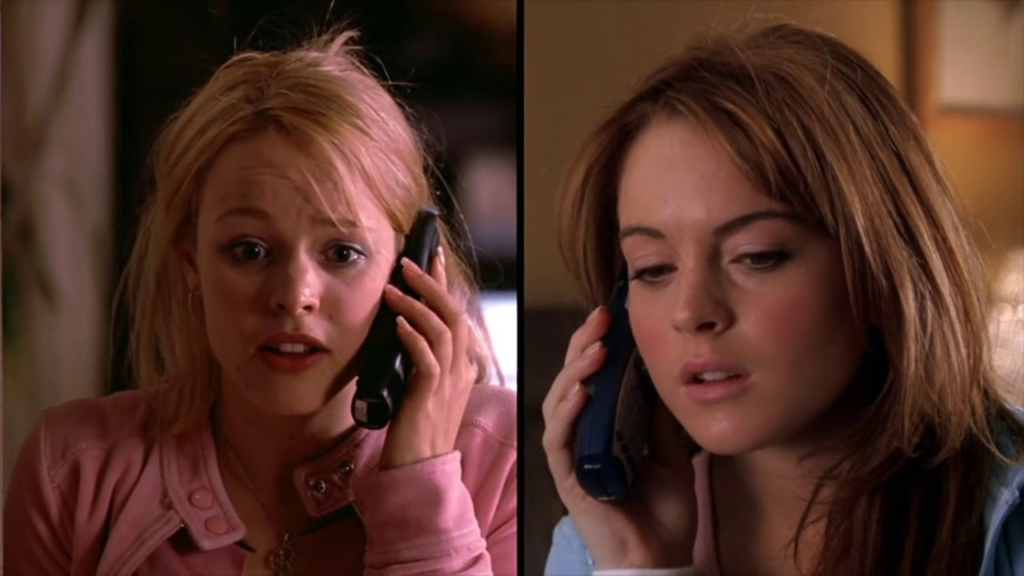
Maintaining the Flow of the Scene: Try mirroring movement throughout both clips to tie your characters together. For example, cut to the character in the following clip doing the same thing if the character in the first clip walks across the frame from left to right. Viewers want to see the continuity from one clip to the next. Additionally, keeping that action going permits us to build the link, whether or not we realize it.
Do Not Confuse Your Audience: Confusion is not the same as suspense. For example, if you are filming a fight scene, do not edit too many tight shots together so quickly that the audience cannot tell who is doing what. You want your audience to know what they are looking at to have them ask questions.
Seek Feedback: Sharing your work is one approach to see if you are confusing your audience. It is possible to become so engrossed in filmmaking, as with any creative endeavor, that you lose sight of the bigger picture. When you are no longer confident in your own judgment, show your crosscut scenes to a friend and obtain their feedback. Can they keep up with the action? Have you maintained a level of consistency? Can they pick up where they left off or figure out what happened while they were gone?
It would help if you kept an eye on the movies, TV series, and other media you enjoy. Examine what works and consider why it works. When it comes to studying the craft of filmmaking, there are no shortcuts. You must first educate yourself by reading tutorials, but then you must go out and try it out for yourself.
Keep Track: It is important to remember that it is our role as editors to make sure the audience understands what’s going on. When you cut away from one scene and focus on another, it is critical to remind the audience of their current location.
When to use your various close-ups vs. your wide, establishing shots should be carefully considered. If you use too many close-ups, the location shifts may become unclear. On the other hand, use too many wide shots, and the pace will slow down, and the repeated re-establishing coverage will become repetitive.
Cross-Cutting in Nolan’s Interstellar
Cross-Cutting on a Micro Level
Cross-cutting on a micro-level is cross-cutting that occurs at a relatively fast back-and-forth speed between actions in one or two scenes.
Here is an excellent illustration.
A shooting between Kevin Costner’s character and three mobsters takes place at Union Station in a famous scene from the film The Untouchables. A baby in a stroller is bumped during the turmoil and begins rolling down the stairs.
The Untouchables – Cross-Cutting
The falling carriage’s dramatic velocity is intercut with gunfight shots, intensifying the stress and suspense with each edit. As a result, the emotion’s overall intensity grows more prominent than the sum of its parts.
The two lines of action eventually meet at the end of the scene, when Costner emerges victorious from the firefight, and Andy Garcia narrowly avoids crashing the stroller at the bottom of the steps.
One of the fundamental themes of cross-cutting, whether macro or micro, is that the cross-cut events finally come together, whether geographically or dramatically. The cross-cuts are happening in only one scene, back and forth between two acts. This is a smaller-scale example.
Cross-Cutting on a Macro Level
Cross-cutting, often known as “parallel editing,” can take place on a larger scale. You may even see it as cutting parallel tales if you zoom out far enough.

On television, we see a lot of this form of cross-cutting. Several members of the primary cast will be doing one thing while the rest of the characters are doing something different in many of your favorite shows. The three narratives are braided together as the program unfolds, building to an eventual climax where the three lines of action will collide – precisely as we saw on a micro level within a scene. The apparent difference is that this macro-level cross-cutting takes 60 minutes rather than 5-10 minutes.
This type of cross-cutting is a beautiful technique to accomplish the following goals:
- You should break up the long scenes.
- Keep the audience guessing.
- Continue to advance all of the different narratives.
How to Improve Cross-Cutting?
Inception, a science fiction thriller directed by Christopher Nolan, is perhaps the most prominent example of cross-cutting on a big scale. If you have not watched it yet, the film is about a group of robbers who hack into the subconscious thoughts of individuals they want to plunder. They’re looking for information.
The robbers are given the option of erasing their criminal records by hacking into the mind of a high-ranking target and implanting a thought. They will have to delve deeper and deeper into his subconscious to do so.
Several separate incidents take place at the same time during the film’s conclusion. This is where the cross-cutting approach came in handy, as it allowed the director and editor to fluidly shift between events, maintaining the same degree of intensity from one scene to the next. Meanwhile, all of the scenes are built to a climax.
Conclusion
Cross-cutting is not a brand-new concept. However, that does not change that it is a great editing tool. You can use this tool in almost any genre and any size or shape – from a full-length action film to a two-minute horror trailer. It’s highly adaptable, and it is worth taking the time to learn.
It is tempting for editors to always be on the lookout for the next feature or trick, but there are times when we need to rely on tried-and-true tools. After all, the hammer has been around for thousands of years, and it is not going away any time soon.
